
University of Arizona scientists are launching a web-based program that tells you how an asteroid collision will affect your spot on the globe by calculating several environmental consequences of its impact.
The program is online athttp://www.lpl.arizona.edu/impacteffects.
Type in your distance from the predicted impact site, the size and type of projectile (e.g. ice, rock, or iron) and the Earth Impact Effects Program calculates impact energies and crater size. It then summarizes thermal radiation, seismic shaking, ejecta deposition (where all debris will land) and air-blast effects.
For those who want to know how all these calculations are made, the web page will include “a description of our algorithm, with citations to the scientific sources used,” said Robert Marcus, a UA undergraduate in the UA/NASA Space Grant Program. He discussed the project recently at the 35th Lunar and Planetary Science Conference meeting.
Marcus developed the web site in collaboration with planetary sciences Regents’ Professor H. Jay Melosh and research associate Gareth Collins of UA’s Lunar and Planetary Laboratory.
Reporters and scientists both want to know the same thing: how much damage a particular collision would wrack on communities near the impact site.
The web site is valuable for scientists because they don’t have to spend time digging up the equations and data needed to calculate the effects, Melosh said.
Similarly, it makes the information available to reporters and other non-scientists who don’t know how to make the calculations.
“It seemed to us that this is something we could automate, if we could find some very capable person to help us construct the website,” Melosh said. That person turned out to be Marcus, who is majoring in computer engineering and physics.

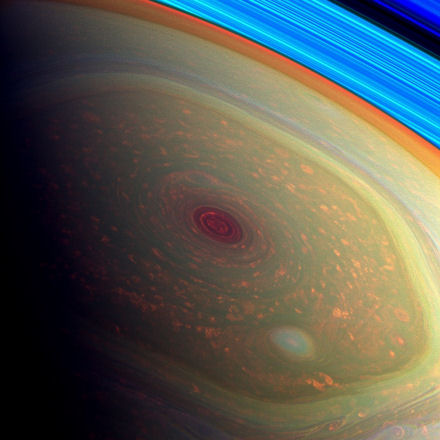

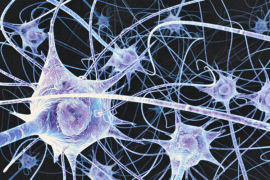
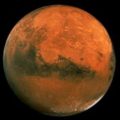





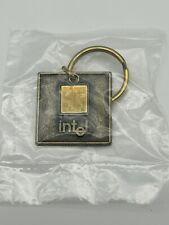



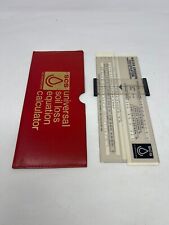


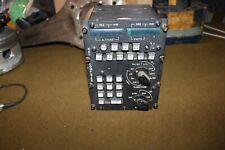
Comments are closed.